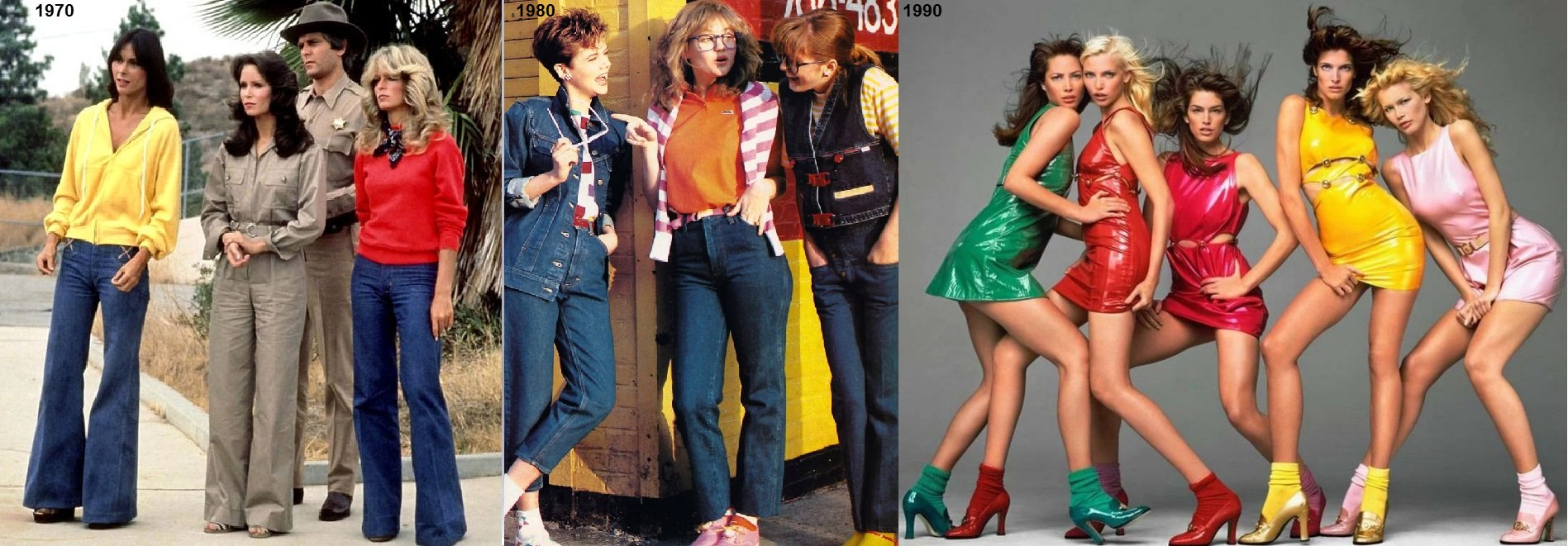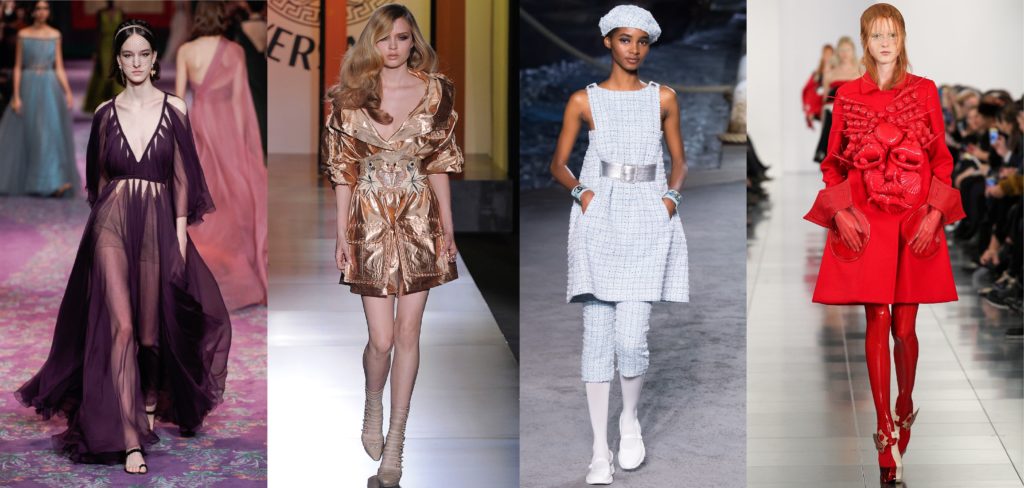She leaves no one indifferent. Almost everyone is interested in her. The majority are subject to its trends. Almost half of them don’t understand anything about it. Few follow it blindly. And only a few create its history. What am I talking about? Of course, about fashion.
Fashion: concept and role in human history
“Mom, when will you buy me a onesie? Almost all girls already have...” “Grandma, you don’t understand anything, now they wear it like that...” “We should buy new jeans, otherwise the low rise doesn’t work anymore...”
Familiar phrases? And it's all her fault...
Fashion is what is prescribed or liked by the bulk of people of a certain circle in a certain period of time. Following fashion is determined, first of all, by the desire to imitate what everyone considers correct or beautiful.
At the dawn of civilizations
Already with the emergence of the first ancient states, the image of each member of society reflected his social status. For example, the Sumerians wore a cloak over their clothes. Representatives of the “lower classes” are short, without decorative frills, the elite are ankle-length. Kings and priests decorated it with a wide belt, fur or fringe.
The Assyrians were especially sensitive to hairstyles. Poor men had their hair cut short and sloppily. The rulers wore long hair decorated with gold threads, curled their mustaches, and braided their beards.

In general, until the 5th century, European men's and women's dress consisted of a piece of fabric that was draped directly on the figure. It was secured to the body using metal pins and brooches, as well as leather straps.
From the Middle Ages to the New Age
By the 13th century, clothes began to be cut to fit the figure, and also equipped with lacing and buttons. Now the concept of fashion carries within itself not only what is prescribed for a certain class, but is also identified with beauty. In women's suits, a fitted silhouette and neckline appear, and then a corset and crinoline. If before this fashion was relatively static for thousands of years, now it is “capricious” with enviable regularity. So, for example, the waist line in a woman’s dress is constantly moving: it rises under the chest, then goes down to the hips, then returns to its place.

Fashion of the last century
In the 20th century, especially since the 20s, it does not just change - it changes dramatically and acquires industrial proportions. The volume of clothing is reduced, the hem of the skirt “creeps” upward. Women, thanks to the famous Coco Chanel, appropriate most of the men's wardrobe.



Since the beginning of the third millennium, fashion has been experiencing real madness: there are not only prohibitions, but even boundaries for flights of fancy. The trends are so polar that they cover the entire spectrum: comfortable casual, reinterpreted classics, and ultra-defiant modernity. The mixture of styles ranges from soft combinations to complete absurdity.


How fashion trends are formed
They are influenced by:
- ideology, moral principles;
- scientific and technological progress;
- historical events, incidents and problems of significance to the general population.
On the one hand, fashion is changeable, on the other hand, it is cyclical. You blink once – and it has already changed radically, blink again – and the well-forgotten old thing in a new “wrapper” is trending.
Who sets the tone?
For a long time, what was fashionable and what was not was dictated by the “cream” of society – its richest and most noble representatives. The rest simply imitated, without risking “swimming against the tide”, so as not to be rejected by the environment. Since the late 60s of the 19th century, fashion designers have taken up the baton of fashion trendsetters. After the Second World War, they climbed to the top of the fashion iceberg, at the base of which are the trend bureaus. Their task is to track and analyze moods and trends in society, to predict what will be relevant in the near future: styles, styles, colors. After serious and fundamental research, couturiers get down to business and, in fact, get all the glory.
Haute couture - what does it mean?
“Haute couture” is “high sewing”, which leading fashion houses demonstrate in their collections. The first house and its masterpieces appeared in the second half of the 19th century thanks to the Englishman Charles Worth. He also created the High Fashion Syndicate, which currently includes such luxury brands as Dior, Chanel, Versace, Galliano and many others.

Interesting! According to the requirements, houses worthy of the status of “haute couture” must have their own atelier, in which at least a dozen workers constantly work. 2/3 of the clothes are hand-sewn from fabrics specially created by designers. Collections are released twice a year - spring-summer and autumn-winter - and consist of several dozen samples.
Not all, but many haute couture trends find a warm welcome in society and are quickly introduced into the mass market.
Spectra of fashion influence
The concept of “fashion” has many interpretations: rule, measure, image, method... Thanks to such variability, it covers almost everything that can be seen, heard, touched and felt:
- Clothes, shoes and accessories.
- Appearance: build and features and complexion. Thus, in the Middle Ages, thinness and unnatural pallor were considered noble, for the sake of which women tightened their hair and whitened their faces. The first beauties of the Renaissance were distinguished by curvaceous figures, and today girls strive for the coveted 90x60x90.
- Hairstyle. For example, in the 70s of the 18th century, noble ladies preferred high hairstyles topped with a ship. In the 20th century, short haircuts and perms came into fashion. In photographs of the late 80s and early 90s of the last century, you can see the Carlson bouffant and bangs.

- Interior and household items. Let us at least remember the crystal, wall hangings, and designer glass chandeliers that were attributes of prosperity in every Soviet family.
- Hobbies: board games and gambling, handicrafts, music and dancing, pets, etc.
Being fashionable does not mean blindly imitating. By combining the features of your appearance with current trends, you can successfully create your own style. It will allow you to keep up with the times, but at the same time not get lost among other homo sapiens. In other words, always be on trend.



 0
0




